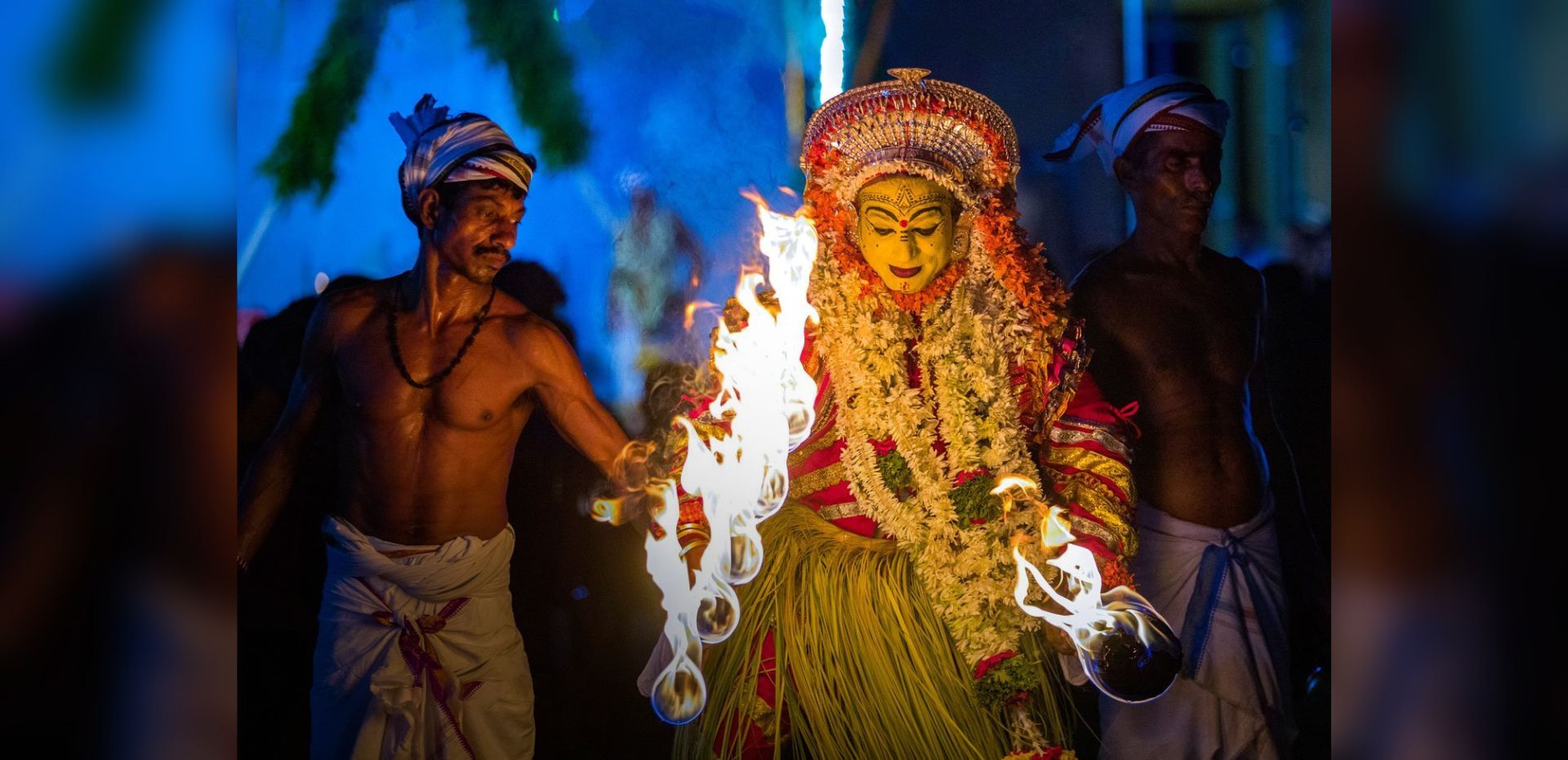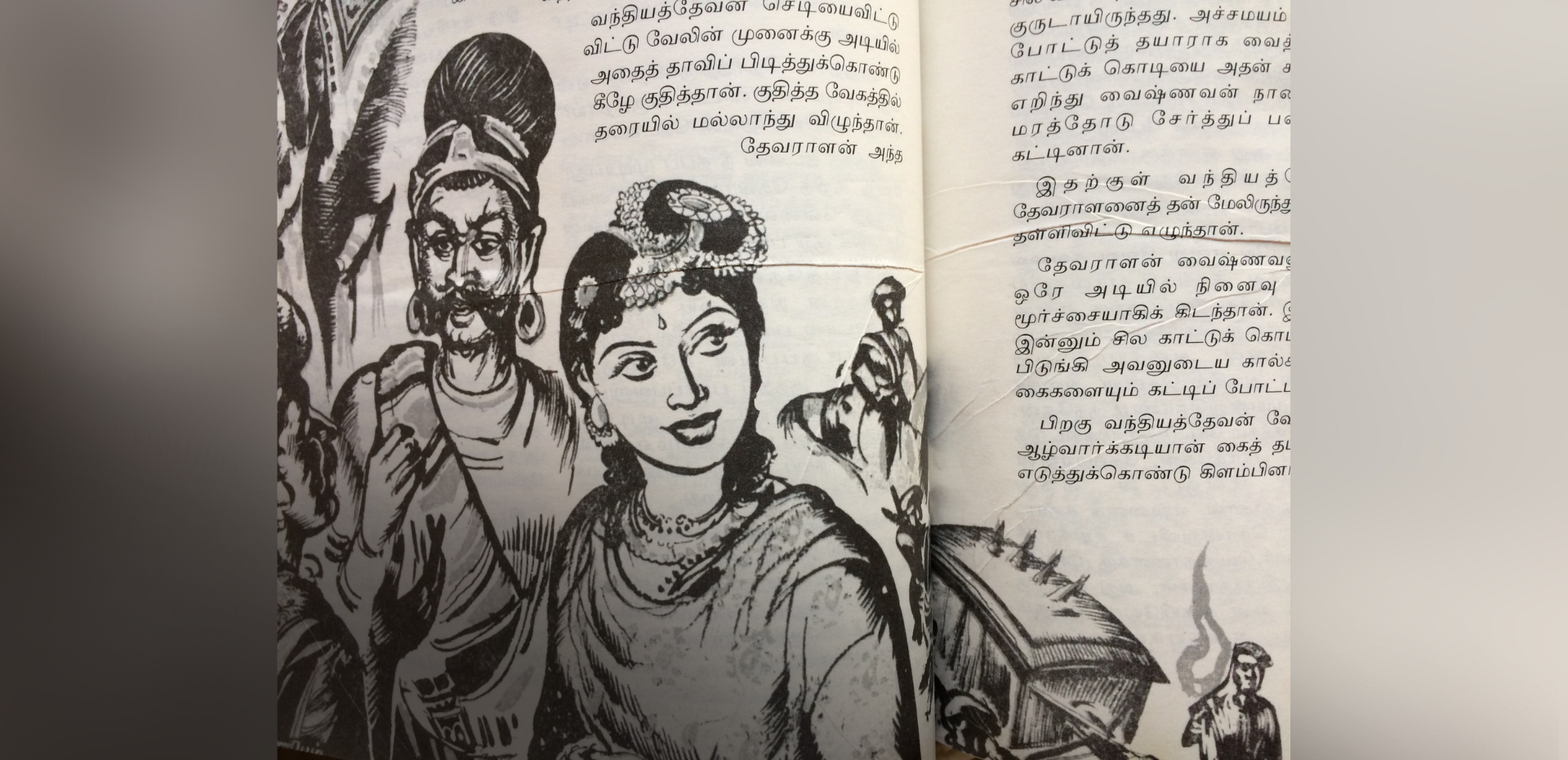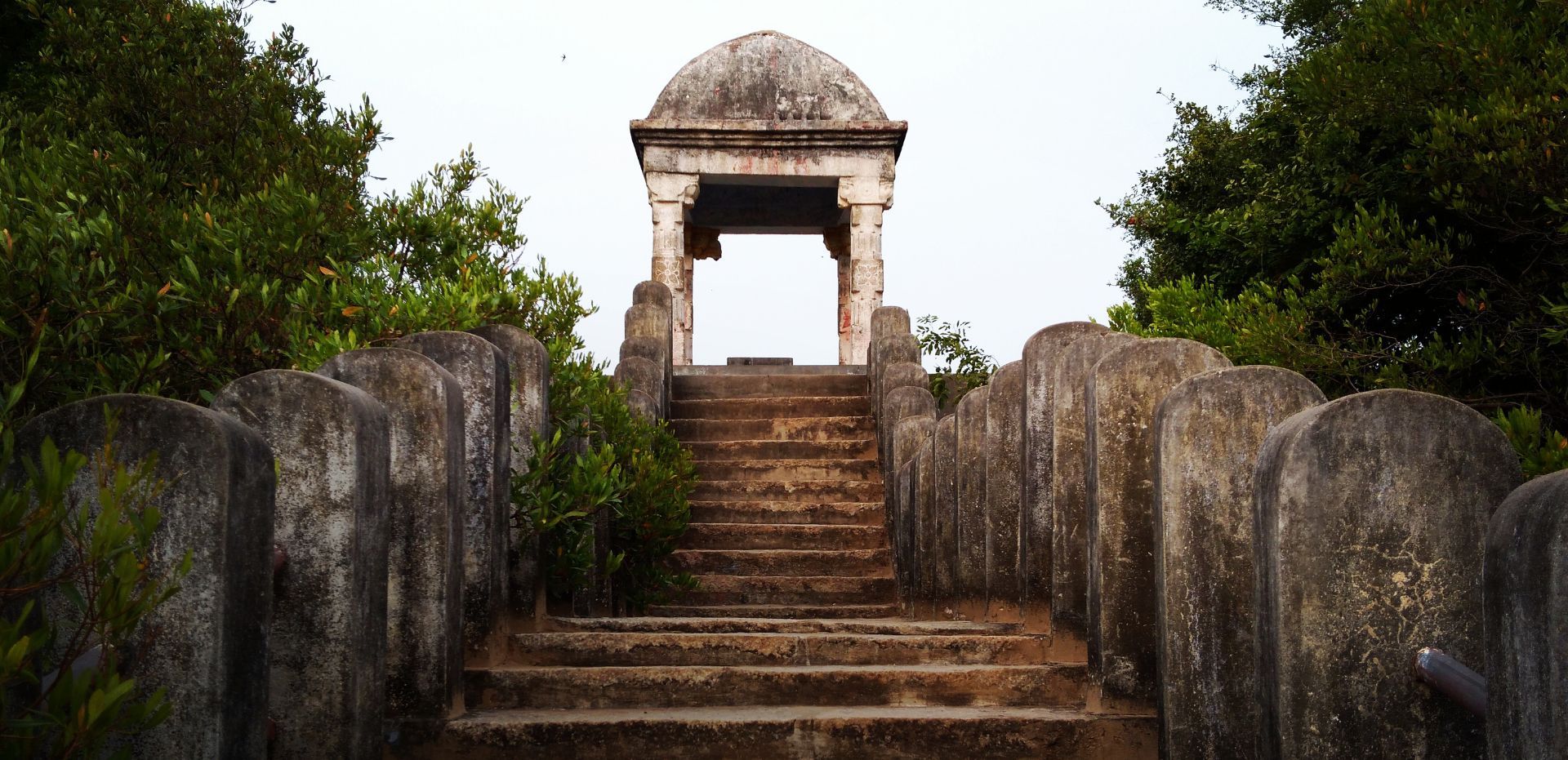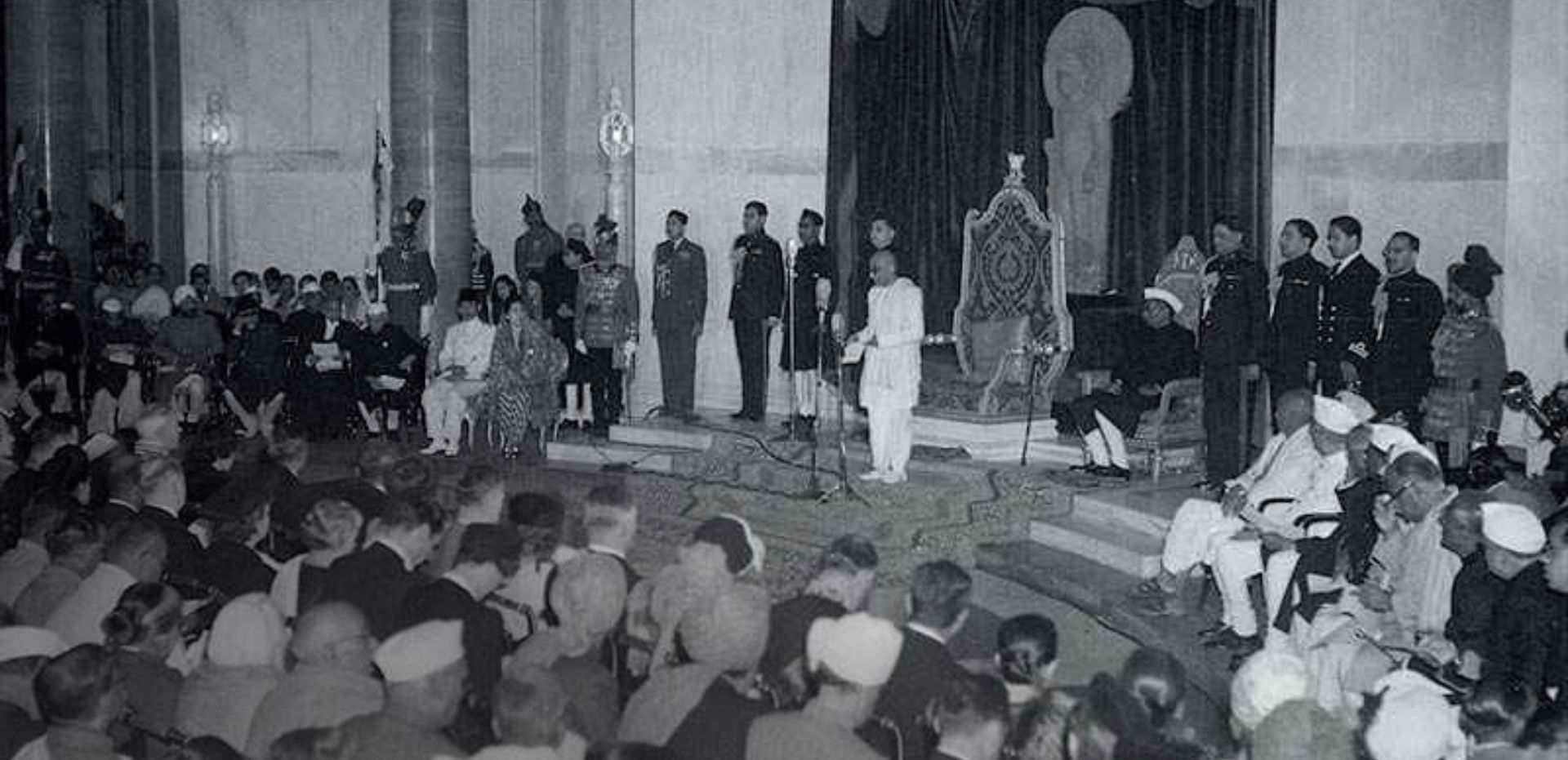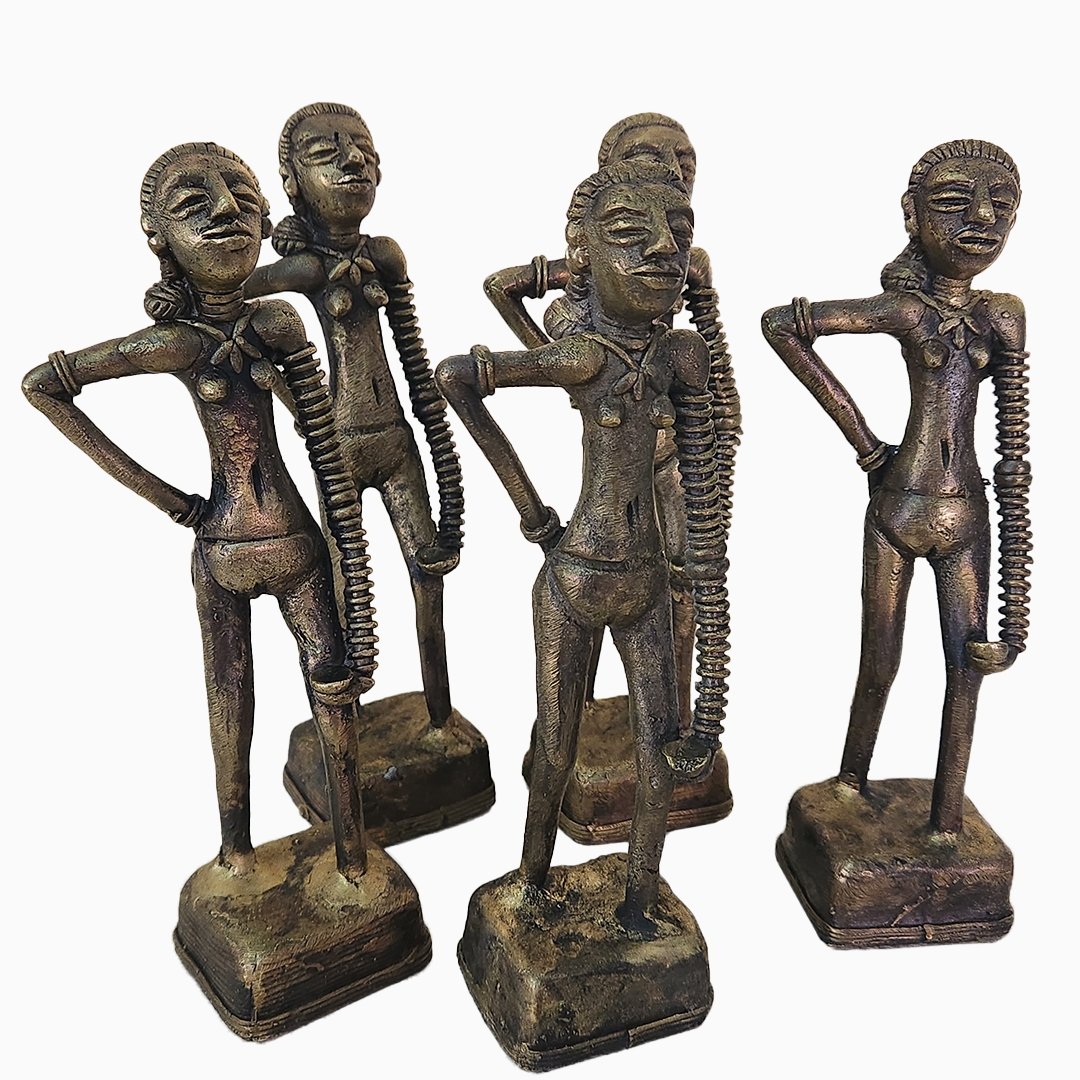Amir Khusrau: In the Court of Delhi Sultans
BOOKMARK
Inside Delhi’s Hazrat Nizamuddin Dargah Complex lies the tomb of a medieval poet who has as many fans among today’s millennials as he did during the Delhi Sultanate (1192 – 1526 CE). The compositions of Amir Khusrau Dehlavi, who lived between 1253 and 1325 CE, can be heard not only in the qawwalis at Sufi dargahs (mausoleum of a saint) across South Asia but even on today’s social media platforms, music streaming sites and at music festivals.
His ghazals and poems have even been re-interpreted and remixed, appearing in Bollywood movies and music videos. Amir Khusrau’s timelessness can be gauged from the fact that a post-modern rendition of his most popular composition, Chaap Tilak, by Rahat Fateh Ali Khan and Abida Parveen has more than 27 million online views. So what makes Amir Khusrau so popular, almost 700 years after his death?
Perhaps the magnetic allure of his compositions stems from a now lost ‘Ganga-Jamuni tehzeeb’, a unique syncretic culture that incorporated elements from Muslim and Hindu traditions that had slowly begun to emerge during Khusrau’s time. In today’s divisive world, it not easy to ‘label’ the life and work of Amir Khusrau. How can you apply labels to a man who was not only one of the great poets of classical Persian, but played a very important role in the development of ‘Hindavi’ that would evolve into the Hindi language? Or a man who was the chief court poet of Sultan Alauddin Khilji, eulogising his conquests across India, but in his text Nuh-Sipihr or ‘Nine Heavens’ (1318 CE), writes:
‘Very learned Brahmins are found here (in India) but nobody has taken any advantage of their deep knowledge, with the result that they are very little known in other countries. I have tried to learn something from them and therefore I understand their importance…. Although they do not follow our religion yet many principles of their religion are akin to ours…‘
Few realise another interesting fact about Amir Khusrau – he lived through a period that saw a succession of 11 Sultans in Delhi, from Ghiyasuddin Balban to Muhamamd Bin Tughlaq, and he was the poet laureate in the court of five of them!
Early Years
To fully understand the works of Khusrau, one must understand the times he lived in and his illustrious career in the Delhi Sultanate. Following the conquest of Delhi by Muhammad Ghori in 1193 CE, the Delhi Sultanate was a magnet for Turkic people from around the Islamic world. The Sultans of the Mamluk Dynasty or the Slave Dynasty (1206 – 1290 CE) ruled Delhi during that time and most of the ruling class as well as the cultural elite were Turkic.
Khusrau was born in 1253 CE, in the town of Patiyali, in present-day Kasganj district of Uttar Pradesh, into a prominent Turkic family. His father, Saifuddin Mehmood, was originally a tribal chief of a Lachin tribe, from the city of Takash in present-day Turkmenistan, and had been forced to migrate to India due to the Mongol invasions. Saifuddin served Sultan Iltutmish (r. 1121 – 36 CE) as an officer in the police force in Delhi city. Khusrau’s maternal grandfather, Imad-ul-Mulk, too was a prominent noble who served as the Arzi Mumalik (roughly translated as ‘Defence Minister’) in the Delhi Sultanate under Sultan Ghiyasuddin Balban (r. 1266–1287).
Khusrau’s father died when he was just seven years old and he grew up in the house of his maternal grandfather. Being raised in a privileged Turkic household not only gave Khusrau unparalleled access to the Delhi court, it also gave him access to prominent Sufi mystics who had khanqahs (a place where members of the Sufi faith meet). In those conservative times, these khanqahs were centres of intellectual ferment. The most prominent among them was that of Sufi saint Hazrat Nizamuddin Auliya (1238-1335 CE). It is said that Khusrau was the favourite disciple of Hazrat Nizamuddin, a bond they shared till their death.
While Hazrat Nizamuddin maintained a distance from politics, Khusrau had an exceptionally brilliant career in the Delhi court, spanning 50 years, surviving the rise and fall of dynasties.
In Mongol Captivity
One of the lesser-known episodes in Khusrau’s life is the time he spent in Mongol captivity. Khusrau’s professional career began at the age of 20, following the death of his grandfather in 1272 CE. His first patron was Kishlu Khan (also known as Malik Chhajju), a nobleman and nephew of Sultan Balban. In 1280 CE, Khusrau attracted the attention of Sultan Balban’s son, the young prince Khan Malik Sultan Muhammad, the Governor of Multan. The prince was a warm, generous and charming young man and he was fond of poetry. He thus gathered the best poets around him. Khusrau stayed in Multan for five years, serving not only as a court poet, but also as an officer in the Sultanate’s army.
Khusrau’s career in Multan came to an abrupt end when a large Mongol army under Timur Khan attacked Multan. Prince Muhammad was killed and Khusrau was taken captive. Some Islamic historians like Maulana Shibli state that he spent two years as a prisoner in Balkh in Afghanistan, while others like noted historian Mohammad Habib claim he was held captive for only a few days. Habib, father of his ...








